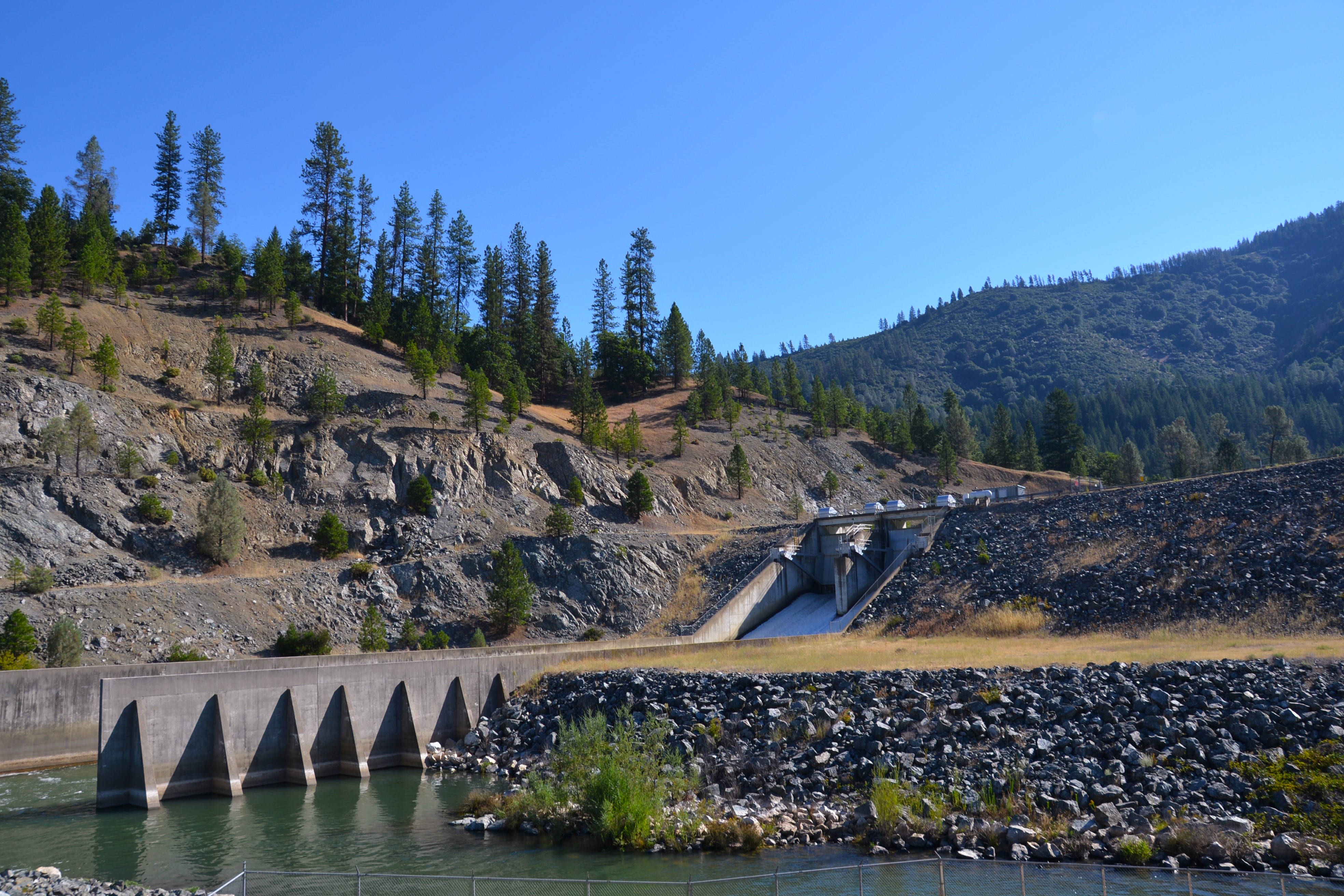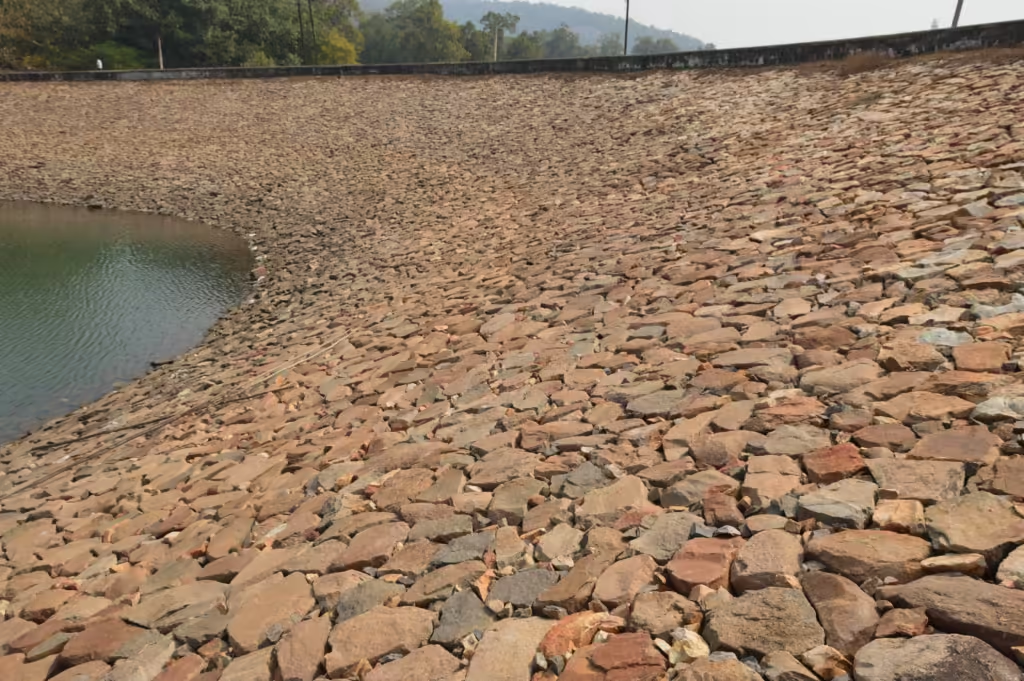Earthfill dams are vital components of civil engineering, providing essential services such as water storage, flood control, and hydroelectric power generation. Designing these structures requires a comprehensive understanding of various components and considerations to ensure their stability and longevity. In this extensive guide, we will dive into the intricacies of earthfill dam design, covering not only the fundamental components but also exploring advanced considerations and emerging technologies.

1. Top Width of Earthfill Dam
The top width, or crest width, of an earthfill dam is a critical parameter that directly influences its ability to withstand seismic forces and wave action. The seepage line’s location within the dam width when the reservoir is full is also a key consideration. The top width acts as a protective pavement, distributing loads and providing stability. Depending on the dam’s height, different formulas guide the determination of the top width. For instance, dams higher than 30 meters may use formula (3): W = 1.65(H + 1.5)^(1/3). Engineers must consider the site-specific conditions to optimize the top width for both safety and cost-effectiveness.
Expanding the content scope involves exploring advanced techniques in top width design, such as the use of advanced materials or innovative geometries. Discussing real-world case studies where unconventional top width designs have been successfully implemented can provide valuable insights for engineers seeking to push the boundaries of traditional dam design.
2. Central Core of Earthfill Dam
The central core, composed of impervious materials, serves as a barrier against seepage flow. Careful consideration must be given to the shear strength of core materials, ensuring it is less than that of embankment materials. While the guide has touched upon the basics, further exploration involves discussing state-of-the-art materials and construction methods for central cores. Advanced technologies, such as geosynthetics and soil improvement techniques, can be introduced to enhance the performance and longevity of the central core.
Detailed analysis of the geotechnical aspects, including soil-structure interaction and the impact of construction methods on the central core’s integrity, adds depth to the educational content. Exploring the role of central cores in large-scale dam projects and their contribution to sustainable water resource management is also essential for a holistic understanding.
3. Outer Shell of Earthfill Dam
The outer shell, also known as the casing, shields the central core from external elements. Its composition, determined by the type of soil used, influences the slope on both sides of the dam. In addition to the basics covered in the initial guide, a more in-depth exploration involves discussing innovative materials for outer shells and the impact of climate change on casing design. With the increasing focus on sustainable construction, incorporating eco-friendly materials and techniques in outer shell design becomes a relevant topic.
Examining the role of computational modeling and simulations in optimizing outer shell designs under varying environmental conditions adds a modern perspective to the educational content. Furthermore, case studies of dams with unconventional outer shell designs can inspire engineers to think creatively and adapt to evolving challenges in dam construction.
4. Berms of Earthfill Dam
Berms, strategically placed on the downstream side, serve multiple functions, including slope protection observation, maintenance access, and extending seepage flow line length. While the initial guide provides an overview, expanding the content scope involves a detailed examination of advanced technologies for berm construction and monitoring. Integrating smart technologies, such as sensors and remote monitoring systems, into berm design enhances the real-time assessment of dam conditions.
Exploring the role of berms in mitigating the impact of natural disasters, such as earthquakes or extreme weather events, provides engineers with valuable insights into designing resilient dam structures. Case studies showcasing successful berm designs in challenging environments contribute to a comprehensive understanding of their importance in earthfill dam construction.
5. Freeboard of Earthfill Dam
Freeboard, the vertical distance between the dam crest and water level, is crucial for preventing over-topping. The initial guide introduces the basic concept, but expanding the content scope involves a thorough examination of advanced techniques for calculating and optimizing freeboard. Discussing the influence of climate change on freeboard design and the incorporation of predictive modeling adds a forward-looking perspective to the educational content.
Incorporating discussions on the economic aspects of freeboard design, such as cost-benefit analyses and life-cycle assessments, equips engineers with the tools to make informed decisions. Exploring innovative solutions, such as floating modular structures for increasing freeboard dynamically, presents cutting-edge possibilities in dam design.
6. Cutoff Trench of Earthfill Dam
Preventing seepage loss and subsurface erosion is achieved through a cutoff trench. While the initial guide covers the basics, expanding the content scope involves a detailed exploration of emerging technologies in cutoff trench design. The use of advanced materials, such as geomembranes and bentonite-based barriers, can revolutionize the effectiveness of cutoff trenches.
In-depth discussions on the environmental impact of cutoff trench construction and sustainable practices in trench design contribute to a more holistic educational experience. Case studies of dams where innovative cutoff trench designs have been employed successfully provide practical insights into the application of advanced technologies.
7. Slope Protection of Earthfill Dam
Both upstream and downstream slopes require protection against wave action, deterioration, and weather elements. While the guide briefly touches on slope protection measures, expanding the content scope involves a comprehensive examination of state-of-the-art technologies and materials for slope protection. Incorporating discussions on the integration of green infrastructure, such as vegetative cover, in slope protection adds an ecological dimension to dam construction.
Exploring the role of artificial intelligence and machine learning in predicting and preventing slope failures provides a futuristic perspective. Case studies of dams where innovative slope protection measures have been implemented successfully offer valuable lessons for engineers facing similar challenges.
8. Drainage System in Earthfill Dam
An efficient drainage system is vital for safe seepage water disposal. The initial guide provides an overview, but expanding the content scope involves a detailed exploration of smart drainage systems and sustainable practices. Discussing the integration of Internet of Things (IoT) devices in monitoring internal and surface drainage systems enhances the educational content with real-time data considerations.
In-depth analyses of the environmental impact of drainage system construction and the potential use of recycled materials contribute to a more environmentally conscious approach to dam design. Case studies of dams where advanced drainage systems have been implemented successfully offer practical insights into the application of cutting-edge technologies.

Conclusion
In conclusion, this comprehensive guide to earthfill dam design has expanded the content scope to cover not only the fundamental components but also advanced considerations and emerging technologies. Engineers in the construction industry can benefit from this educational resource by gaining a deeper understanding of the complexities involved in designing resilient and sustainable earthfill dams. As technology continues to advance, the field of dam construction evolves, and this guide aims to equip engineers with the knowledge and inspiration to meet the challenges of the future.
